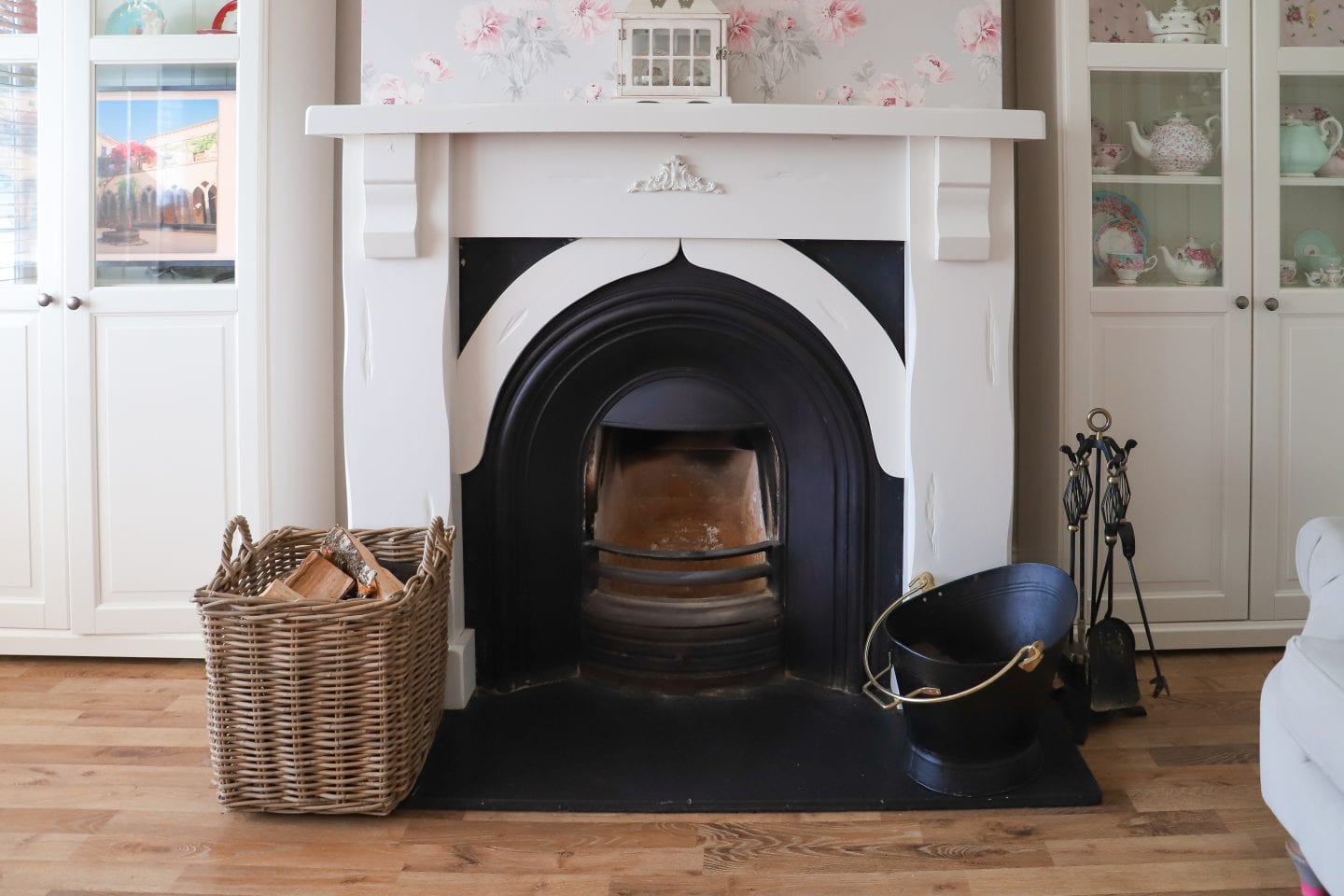

Articles
How To Paint Fireplace Surround
Modified: January 9, 2024
Learn the best techniques for painting your fireplace surround in this informative article. Transform your space with these expert tips and tricks.
(Many of the links in this article redirect to a specific reviewed product. Your purchase of these products through affiliate links helps to generate commission for Storables.com, at no extra cost. Learn more)
Introduction
Fireplaces are not only functional sources of heat but also serve as a focal point in many homes, adding beauty and charm to any space. However, over time, the fireplace surround can become worn, outdated, or simply no longer match the homeowner’s style. In such cases, painting the fireplace surround can be a cost-effective and transformative solution.
Painting the fireplace surround is a relatively simple DIY project that can have a dramatic impact on the overall look and feel of the room. Whether you want to give your fireplace a fresh new color or bring it back to life with a modern finish, this article will guide you through the step-by-step process of painting your fireplace surround.
Before diving into the project, it’s essential to gather all the necessary materials. This will ensure that you have everything you need on-hand, saving you time and effort. Additionally, proper preparation and protection of the surrounding area are crucial to prevent any accidental spills or damage.
Choosing the right paint is also a critical step in achieving a successful outcome. Different finishes and types of paint are available, each with its own set of advantages and considerations. By understanding your options and selecting the right paint for your fireplace surround, you can achieve a finish that is not only aesthetically pleasing but also durable and long-lasting.
Once you’ve gathered the materials and prepared the surround, it’s time to start priming the surface. Applying primer helps to create a smooth and even base for the paint to adhere to. It also ensures that the paint color appears vibrant and true to its intended shade.
After priming, the next step is to apply the paint. This can be done using a brush, roller, or a combination of both, depending on the texture of your fireplace surround and the type of finish you desire. Applying multiple coats of paint is often necessary to achieve the desired opacity and coverage.
Allowing sufficient drying time between coats is essential to prevent smudging or damage to the fresh paint. Once the final coat is applied and dried, it’s time to remove any protective coverings and clean up the surrounding area.
In this article, we will walk you through each step in detail, offering helpful tips and tricks along the way. So, if you’re ready to give your fireplace surround a fresh new look, let’s dive in and discover how to paint your fireplace surround!
Key Takeaways:
- Transform your fireplace with a fresh coat of paint, adding beauty and charm to your living space. Proper preparation, choosing the right paint, and applying multiple coats are key to achieving a durable and aesthetically pleasing finish.
- Enjoy the process of painting your fireplace surround, from gathering materials to removing protective coverings. Take pride in the transformation and personalized touch it brings to your home, creating a fresh and updated focal point.
Read more: How To Brick A Fireplace Surround
Step 1: Gather the Necessary Materials
Before you start painting your fireplace surround, it’s important to gather all the necessary materials. Having everything you need on-hand will save you time and ensure a smoother painting process. Here is a list of materials and tools you will need:
- Painter’s tape: This will be used to protect any areas adjacent to the fireplace surround that you don’t want to get paint on.
- Drop cloths or plastic sheeting: These will protect the floor and surrounding area from paint splatters or spills.
- Sandpaper or sanding block: You will need sandpaper with a medium grit to lightly sand the surface of the fireplace surround and remove any rough or uneven patches.
- Primer: Choose a high-quality primer suitable for the material of your fireplace surround. Primer helps the paint adhere better and ensures a smooth finish.
- Paint: Select paint that is specifically formulated for use on fireplace surrounds. Make sure to choose the right type of paint for the material of your surround, whether it’s wood, brick, or another material.
- Paint brushes: Have a few different sizes of brushes on hand for various areas, such as corners or edges.
- Paint roller: A roller will make it easier and faster to cover larger areas with paint.
- Paint tray: Use a paint tray to pour the paint into for easy access while using the roller.
- Paint stirring sticks: These will come in handy to mix the paint thoroughly before application.
- Paint thinner or mineral spirits: You may need these for cleaning your brushes or correcting any mistakes during the painting process.
- Old rags or paper towels: Keep these nearby for wiping up spills or cleaning any excess paint.
- Painters’ gloves: It’s always a good idea to protect your hands by wearing gloves while painting.
Make sure to double-check the manufacturer’s instructions and recommendations for your specific fireplace surround material. This will ensure that you have any additional materials or tools that may be required.
To save time and hassle, consider gathering all the materials beforehand and setting up a designated area for painting. Having everything ready will streamline the process and allow you to focus on achieving the best results for your painted fireplace surround.
Step 2: Prepare the Surround
Before you can start painting your fireplace surround, it’s crucial to prepare the surface properly. Proper preparation will ensure that the paint adheres well and the finish looks smooth and professional. Here are the steps to prepare your fireplace surround:
- Clean the surface: Start by cleaning the fireplace surround to remove any dust, dirt, or grease. Use a mild detergent and water solution and a sponge or cloth to gently scrub the surface. Rinse thoroughly and allow the surround to dry completely before proceeding.
- Repair any damages: Inspect the fireplace surround for any damages such as cracks, chips, or holes. Use a suitable filler or putty to repair these imperfections. Follow the manufacturer’s instructions for the best results and allow the filler to dry completely before moving on to the next step.
- Sand the surface: Use sandpaper or a sanding block with a medium-grit to lightly sand the entire surface of the surround. Sanding will help smooth out any rough patches and create a better surface for the primer and paint to adhere to. Be sure to wipe away any dust with a clean, damp cloth after sanding.
- Remove any loose paint: If your fireplace surround has old paint that is peeling or flaking, it’s important to remove it before painting. Use a scraper or putty knife to gently scrape away any loose paint. Be careful not to damage the surface of the surround while doing this.
- Mask off areas: Use painter’s tape to mask off any areas adjacent to the fireplace surround that you don’t want to get paint on, such as the walls, mantel, or floor. Ensure that the tape is applied securely and smoothly to create a clean separation between the surround and these areas.
By properly preparing your fireplace surround, you will create a clean and smooth surface for the primer and paint to adhere to. This will result in a better and longer-lasting finish. Take your time with the preparation process and ensure that all repairs, sanding, and masking are done thoroughly before proceeding to the next step.
Step 3: Protect the Surrounding Area
Before you begin painting your fireplace surround, it’s essential to take precautions to protect the surrounding area. This will ensure that paint splatters or spills don’t damage or stain adjacent surfaces. Here’s how to protect the area around your fireplace:
- Cover the floor: Place drop cloths or plastic sheeting on the floor in front of the fireplace to catch any paint drips or spills. Make sure to cover a wide area beyond the fireplace surround to account for any accidental splatters.
- Mask off adjacent areas: Use painter’s tape to protect walls, mantels, or any other nearby surfaces that you don’t want to get paint on. Apply the tape securely, ensuring that it creates a clean and straight edge where it meets the fireplace surround.
- Remove or cover furniture: If you have any furniture or decor items near the fireplace, it’s a good idea to either remove them from the area or cover them with drop cloths or plastic sheeting to protect them from paint splatters or dust.
- Protect the fireplace itself: If you have a functioning fireplace, it’s crucial to protect it from any paint or debris. Cover the opening of the fireplace with a plastic sheet or a cardboard cutout to prevent any accidental paint from getting inside.
- Use protective barriers: For extra protection, you can use painter’s plastic or plastic tarps to create a barrier between the fireplace surround and adjacent walls or furniture. Secure the plastic in place with tape or clamps to prevent any potential damage.
Taking the time to properly protect the surrounding area will help you avoid any accidental messes or damage while painting your fireplace surround. It’s always better to be safe than sorry, so ensure that all nearby surfaces and belongings are adequately covered or masked off before you start painting.
Step 4: Prime the Surface
Priming is an important step in the painting process as it helps create a smooth and even surface for the paint to adhere to. It also enhances the durability and longevity of the final finish. Here’s how to prime your fireplace surround:
- Select the right primer: Choose a primer that is specifically formulated for use on the material of your fireplace surround, whether it’s wood, brick, or another type. Check the manufacturer’s instructions and recommendations to ensure compatibility.
- Prepare the primer: Follow the instructions on the primer’s packaging to prepare it for application. Some primers may require stirring or thinning with a paint thinner or water. Make sure to mix the primer thoroughly to achieve a consistent texture.
- Apply the primer: Use a brush or roller to apply the primer to the fireplace surround. Begin with any detailed or hard-to-reach areas, using a brush to ensure full coverage. Then, use a roller to apply the primer to larger, flat areas, working from top to bottom in smooth, even strokes.
- Allow drying time: Check the drying time specified on the primer’s packaging. It’s important to allow sufficient drying time before applying the paint to ensure that the primer fully bonds to the surface and provides the best foundation for the paint.
- Sand and clean: After the primer has dried, lightly sand the surface with fine-grit sandpaper to smooth out any imperfections or brush marks. Wipe away the dust with a clean, damp cloth to ensure a clean surface for the paint.
- Inspect the surface: Take a close look at the primed surface to ensure that it is smooth, even, and ready for painting. If any areas require additional touch-ups or sanding, now is the time to address them before moving on to the next step.
Priming the surface of your fireplace surround is a crucial step in achieving a professional and long-lasting finish. It provides a solid base for the paint to adhere to and helps in preventing stains or discoloration. Take your time during this step, ensuring that every inch of the surface is properly covered with primer for the best results.
Read more: How To Build A Brick Fireplace Surround
Step 5: Choose the Right Paint
Choosing the right paint for your fireplace surround is essential to achieve the desired look and ensure durability. The type of paint you select will depend on a few factors, including the material of your surround and the finish you desire. Here’s how to choose the right paint for your fireplace surround:
- Consider the material: Determine the material of your fireplace surround, whether it’s wood, brick, stone, or another type. Different materials may require specific types of paint to ensure proper adhesion and longevity.
- Select the finish: Decide whether you want a matte, satin, or glossy finish for your fireplace surround. Each finish has its own aesthetic appeal and maintenance requirements. Matte finishes are more forgiving with imperfections, while glossy finishes provide a sleek and reflective look.
- Check the heat resistance: If your fireplace is functional and generates heat, ensure that the paint you choose is heat resistant. Heat-resistant paints are specially formulated to withstand high temperatures without discoloration or flaking.
- Consider the intended use: Think about how often your fireplace surround will be in contact with moisture, such as when cleaning, or if it’s in an outdoor or high-traffic area. This will help determine if you need a paint that is moisture-resistant or has extra durability.
- Read product labels and recommendations: Take the time to read the labels and product descriptions of the paints you are considering. Look for paints that are specifically designed for fireplace surrounds or have recommendations for use on similar surfaces.
- Consult with professionals: If you’re unsure about which type of paint to choose, consider consulting with professionals at a paint store or seek advice from an expert in the field. They can provide valuable insights and recommendations based on your specific needs.
Once you’ve selected the appropriate paint for your fireplace surround, make sure to purchase enough for the project. It’s always a good idea to have some extra paint on hand for touch-ups in the future, as well.
By choosing the right paint for your fireplace surround, you’ll ensure a beautiful and long-lasting finish that enhances the overall aesthetics of the room. Take the time to research and consider your options to make an informed decision that meets your specific requirements and preferences.
When painting a fireplace surround, be sure to clean the surface thoroughly and use a high-heat resistant paint to ensure durability and safety. Sanding the surface before painting can also help the paint adhere better.
Step 6: Apply the First Coat
Now that you’ve prepared the surface and chosen the right paint, it’s time to start applying the first coat to your fireplace surround. Here’s how to get started:
- Mix the paint: Before you begin, give the paint a good stir to ensure that any settled pigments are evenly distributed. This will help achieve a consistent color throughout the coat.
- Start with the brush: Begin by using a brush to apply paint to any detailed areas, corners, or edges that cannot be easily reached with a roller. Take your time and make sure to coat these areas smoothly and evenly.
- Move on to the roller: Once you’ve painted the detailed areas, switch to a roller to cover the larger, flat surfaces of the fireplace surround. Pour some paint into a paint tray and roll the roller in the tray to evenly distribute the paint on the roller.
- Start from the top: Begin applying paint to the uppermost portion of the fireplace surround. Use long, vertical strokes with the roller to cover the surface evenly. Apply moderate pressure to ensure good paint coverage without excessive build-up.
- Work in sections: Divide the surround into manageable sections and work on one section at a time. Paint each section from top to bottom, slightly overlapping the previous section for a seamless finish.
- Check for drips or streaks: As you paint, keep an eye out for any drips, streaks, or areas that appear thin. Immediately correct these by smoothing out the paint with the brush or roller. This will help achieve a uniform and professional-looking coat.
- Allow drying time: Follow the manufacturer’s instructions for drying time between coats. It’s important to allow the first coat to dry thoroughly before applying the second coat to prevent smudging or damage to the fresh paint.
Remember, the first coat is primarily meant to provide a base for subsequent coats. While it may not completely cover the previous surface, don’t worry as subsequent coats will build upon this foundation to achieve the desired opacity and coverage.
Take your time during this step, ensuring that each section is coated evenly and thoroughly. Proper application of the first coat will set the stage for a beautiful and long-lasting finish on your painted fireplace surround.
Step 7: Allow Drying Time
After applying the first coat of paint to your fireplace surround, it’s crucial to allow sufficient drying time before proceeding to the next steps. Proper drying time ensures that the paint cures and sets, allowing for a durable and long-lasting finish. Here’s what you need to know about drying time:
- Follow the manufacturer’s instructions: Different types of paint have varying drying times, so it’s essential to consult the manufacturer’s instructions on the paint can or packaging. These instructions will provide specific guidelines on how long the paint should take to dry.
- Avoid touching or disturbing the paint: During the drying time, avoid touching or disturbing the freshly painted surfaces. Touching the paint too soon can leave fingerprints or smudges, and moving or bumping the surround can cause paint to smudge or peel off.
- Keep the area well-ventilated: Proper airflow can help speed up the drying process. Open windows or doors to allow air circulation, or use fans or dehumidifiers to help dry the paint faster. However, be mindful of dust or debris that could settle on the wet paint.
- Allow for longer drying time in humid conditions: High humidity levels can prolong the drying time of the paint. If you’re painting in a humid environment, consider giving the paint extra time to dry to ensure it fully cures and hardens.
- Check for dryness: To determine if the paint is dry, gently touch a small inconspicuous area that is not visible to see if it is tacky or leaves any residue on your fingers. If it feels dry to the touch and leaves no marks, it’s likely ready for the next coat or the next steps of the painting process.
- Patience is key: It’s important to be patient and allow ample drying time, even if you’re eager to proceed with the next coat or see the final result. Rushing the drying process can compromise the finish and lead to less desirable outcomes.
Remember, the drying time can vary depending on factors such as temperature, humidity, and the type of paint used. Taking the time to allow the paint to fully dry will ensure a beautiful and durable finish on your fireplace surround.
While waiting for the paint to dry, it’s a good opportunity to clean your painting tools, such as brushes and rollers, so they are ready for the next application.
Step 8: Apply the Second Coat
Once the first coat of paint on your fireplace surround has dried completely, it’s time to apply the second coat. The second coat will enhance the color, coverage, and overall appearance of your painted surface. Follow these steps to apply the second coat:
- Prepare the paint: Give the paint a thorough stir to ensure it is well-mixed. If necessary, thin the paint according to the manufacturer’s instructions for a smoother application.
- Start with the edges: Use a brush to apply the paint to any hard-to-reach areas, corners, or edges that require precision. Apply the paint smoothly, ensuring that the coverage matches that of the first coat.
- Switch to the roller: Once you’ve painted the edges, switch to using a roller for the larger, flat surfaces of the fireplace surround. Pour the paint into a paint tray and evenly distribute it on the roller by rolling it back and forth in the tray.
- Apply the paint: Begin rolling the paint onto the surface, starting from the top and working your way down. Use long, even strokes with moderate pressure to ensure smooth and consistent coverage. Pay attention to any areas that may require extra attention, such as sections where the first coat may be less opaque.
- Overlap for a seamless finish: As you apply the second coat, slightly overlap the painted areas with the first coat to achieve a seamless finish. This will ensure consistent color and coverage throughout the fireplace surround.
- Smooth out any imperfections: Keep an eye out for any drips, streaks, or uneven areas as you apply the second coat. Immediately correct these by smoothing out the paint with the brush or roller to ensure a smooth and uniform finish.
- Allow drying time: Once the second coat is applied, allow it to dry completely. Follow the manufacturer’s instructions for recommended drying time before moving on to the next steps in the painting process or removing any protective coverings.
Applying the second coat of paint will help to even out any inconsistencies and provide a solid and vibrant color to your fireplace surround. Take your time, ensuring that each section receives full coverage and attention to detail.
Remember, the second coat is typically the final coat for most painting projects. However, if the desired opacity and coverage are not achieved, you may consider applying additional coats following the same steps until you’re satisfied with the results.
Read more: How To Build Fireplace Mantel And Surround
Step 9: Remove Protective Coverings
After allowing the final coat of paint on your fireplace surround to dry completely, it’s time to remove the protective coverings that were put in place during the painting process. Here’s how to safely remove these coverings:
- Start with the tape: Begin by removing the painter’s tape that was used to mask off adjacent areas. Slowly and carefully peel the tape away from the surfaces, pulling it back at a 45-degree angle to avoid any paint peeling. Dispose of the used tape properly.
- Remove drop cloths or plastic sheeting: If you placed drop cloths or plastic sheeting on the floor or furniture, carefully lift them up and shake off any paint drips or debris. Fold or roll the drop cloths or plastic sheeting neatly for future use or dispose of them properly if they are no longer needed.
- Inspect the surrounding area: Take a close look at the surrounding area to ensure that there are no paint splatters or drips. If you notice any, use a damp cloth or sponge to gently clean them off before they dry and become more challenging to remove.
- Check for any touch-ups: After removing the coverings, take a step back and inspect the fireplace surround for any areas that may require touch-ups. Look for any missed spots, thin coverage, or imperfections that you can address with a small brush or roller. Touch up these areas with paint as needed.
- Allow for final drying: Once any touch-ups are applied, allow the paint to fully dry for the recommended time. This will ensure that the finish is completely hardened and ready for use.
By carefully removing the protective coverings, you can reveal a clean and finished fireplace surround without any unwanted paint on adjacent areas. Taking your time during this step will help maintain the integrity of the painted surface and ensure a polished final result.
With the protective coverings removed, you can now step back and admire your beautifully painted fireplace surround!
Step 10: Clean Up
As you near the completion of your fireplace surround painting project, it’s time to tidy up and ensure that your work area is clean and organized. Follow these steps to properly clean up:
- Dispose of waste: Dispose of any used paint cans, empty paint containers, or other waste materials according to local regulations. Check with your local waste management facility for proper disposal instructions.
- Clean your brushes and rollers: Clean your paint brushes and rollers thoroughly to remove any leftover paint. If you used water-based paint, rinse the brushes and rollers with warm water until the water runs clear. If you used oil-based paint, clean them with the appropriate solvent as recommended by the paint manufacturer.
- Store leftover paint: If you have any leftover paint from the project, make sure to seal the containers tightly and store them in a cool, dry place. Label the containers with the color and the area where the paint was used for future reference.
- Remove protective clothing and gear: Remove any protective clothing, gloves, and safety gear that you used during the painting process. Dispose of disposable items appropriately and clean reusable items following the manufacturer’s instructions.
- Clean the work area: Thoroughly clean the work area, removing any paint spills, drips, or debris. Wipe down surfaces with a damp cloth to ensure they are free from paint dust or residue. Vacuum or sweep the floor to remove any paint chips or dust.
- Inspect the final result: Take a moment to step back and admire your painted fireplace surround. Check for any remaining imperfections or areas that may require further touch-ups. Address these areas if necessary before considering the project complete.
By properly cleaning up after your painting project, you’ll not only leave your work area organized but also help maintain the longevity and cleanliness of your painting tools and materials for future projects.
With everything cleaned up and the fireplace surround looking fresh and renewed, you can now enjoy the transformation and take pride in your beautifully painted fireplace surround!
Conclusion
Congratulations on successfully painting your fireplace surround! By following the step-by-step process outlined in this guide, you have refreshed and transformed the look of your fireplace, adding beauty and charm to your living space.
From gathering the necessary materials to removing the protective coverings, each step was carefully designed to ensure a smooth and professional painting experience. By preparing the surface, choosing the right paint, and applying multiple coats, you have achieved a durable and aesthetically pleasing finish that will stand the test of time.
Remember, proper preparation and attention to detail are crucial for a successful painting project. Take your time, allowing each coat to dry completely before moving on to the next steps. This will ensure a flawless and even finish on your fireplace surround.
As you completed the project, it’s important to clean up and properly dispose of any waste materials. Cleaning your brushes and rollers and storing any leftover paint will help you maintain your tools and have them ready for future DIY endeavors.
With your beautifully painted fireplace surround, you can now enjoy a fresh and updated focal point in your home. This DIY project not only adds visual appeal but also allows you to personalize and customize your living space to reflect your style and taste.
Thank you for following this comprehensive guide to painting your fireplace surround. We hope it has been informative and helpful throughout your painting journey. Now, sit back, relax, and enjoy the warmth and beauty of your newly painted fireplace surround!
Frequently Asked Questions about How To Paint Fireplace Surround
Was this page helpful?
At Storables.com, we guarantee accurate and reliable information. Our content, validated by Expert Board Contributors, is crafted following stringent Editorial Policies. We're committed to providing you with well-researched, expert-backed insights for all your informational needs.
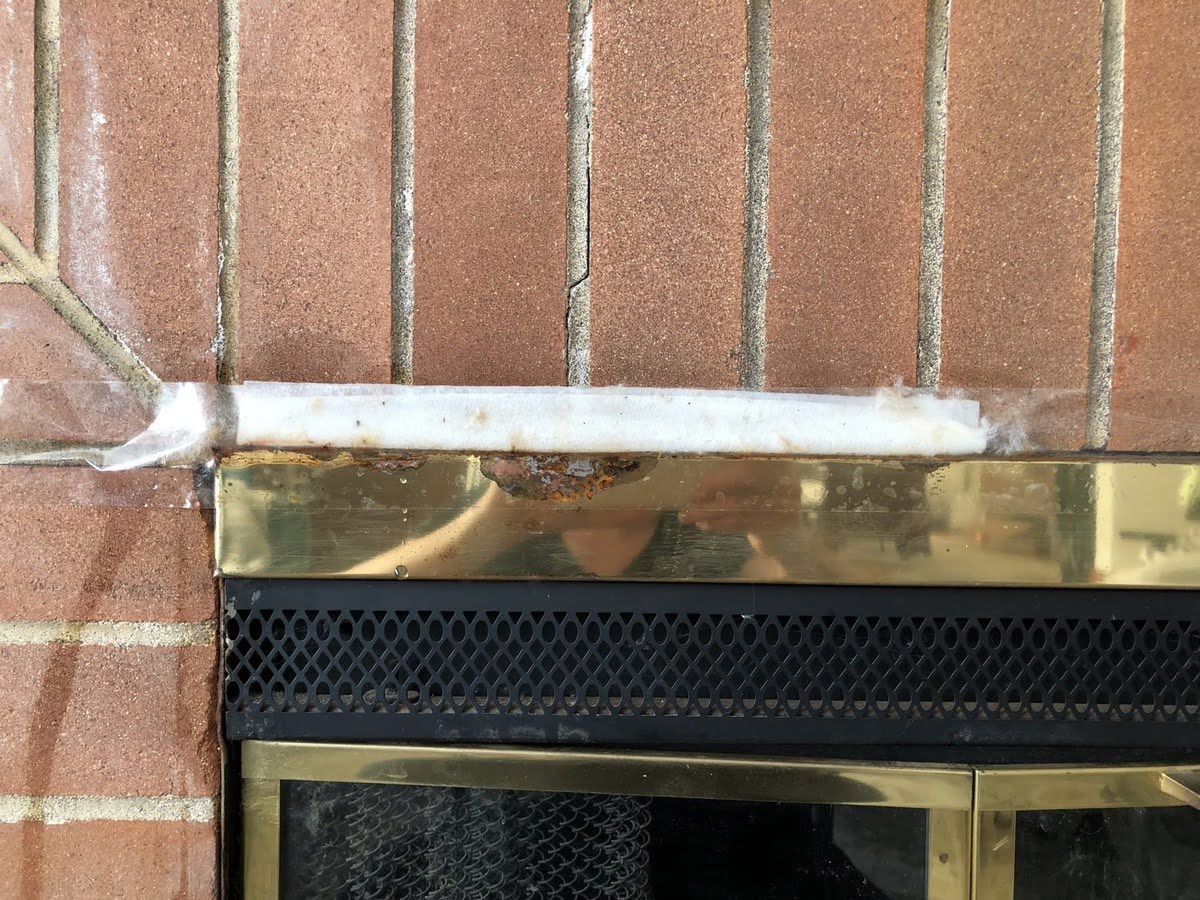
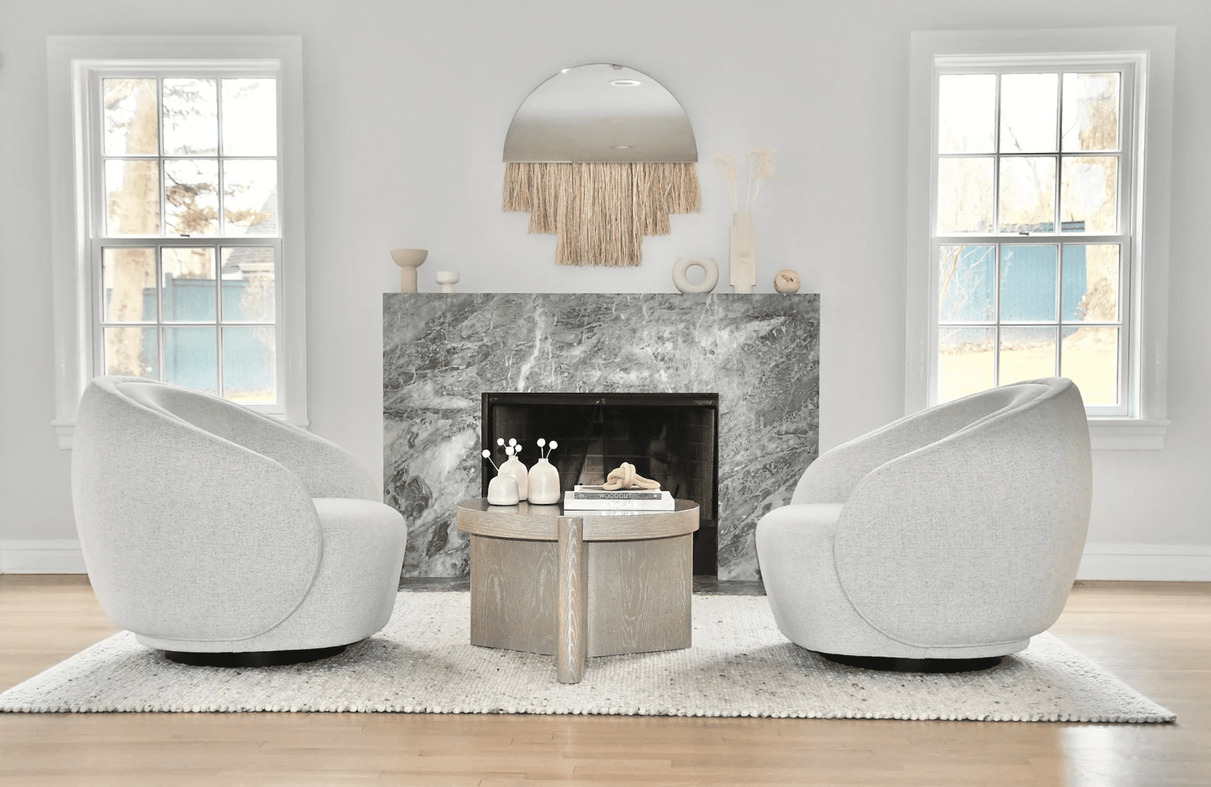
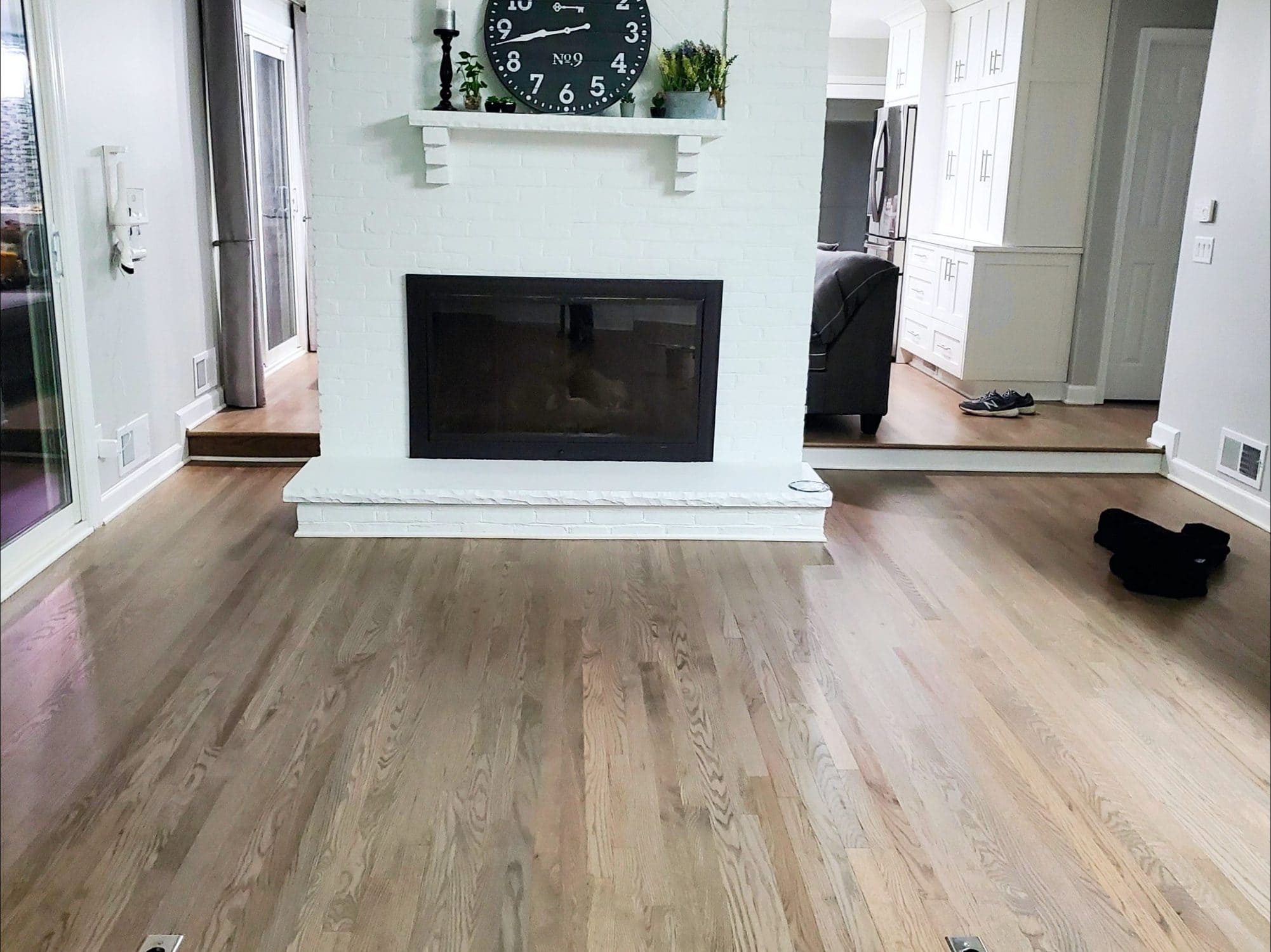
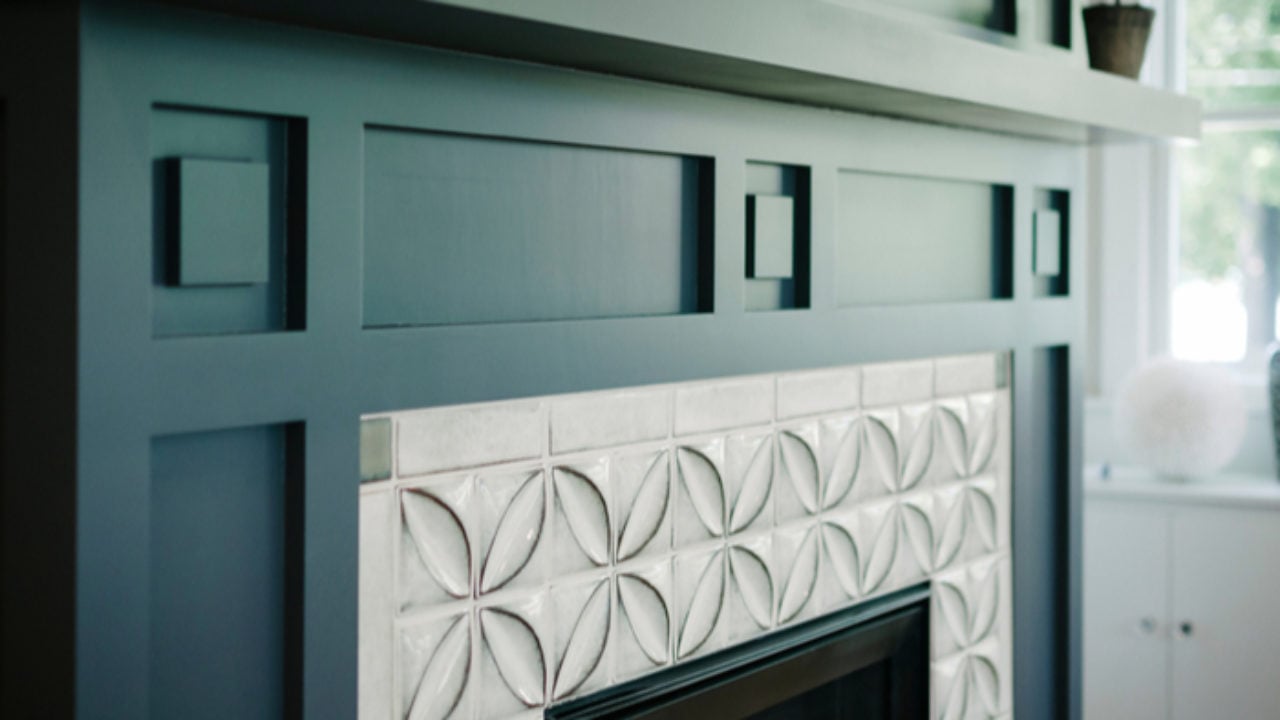
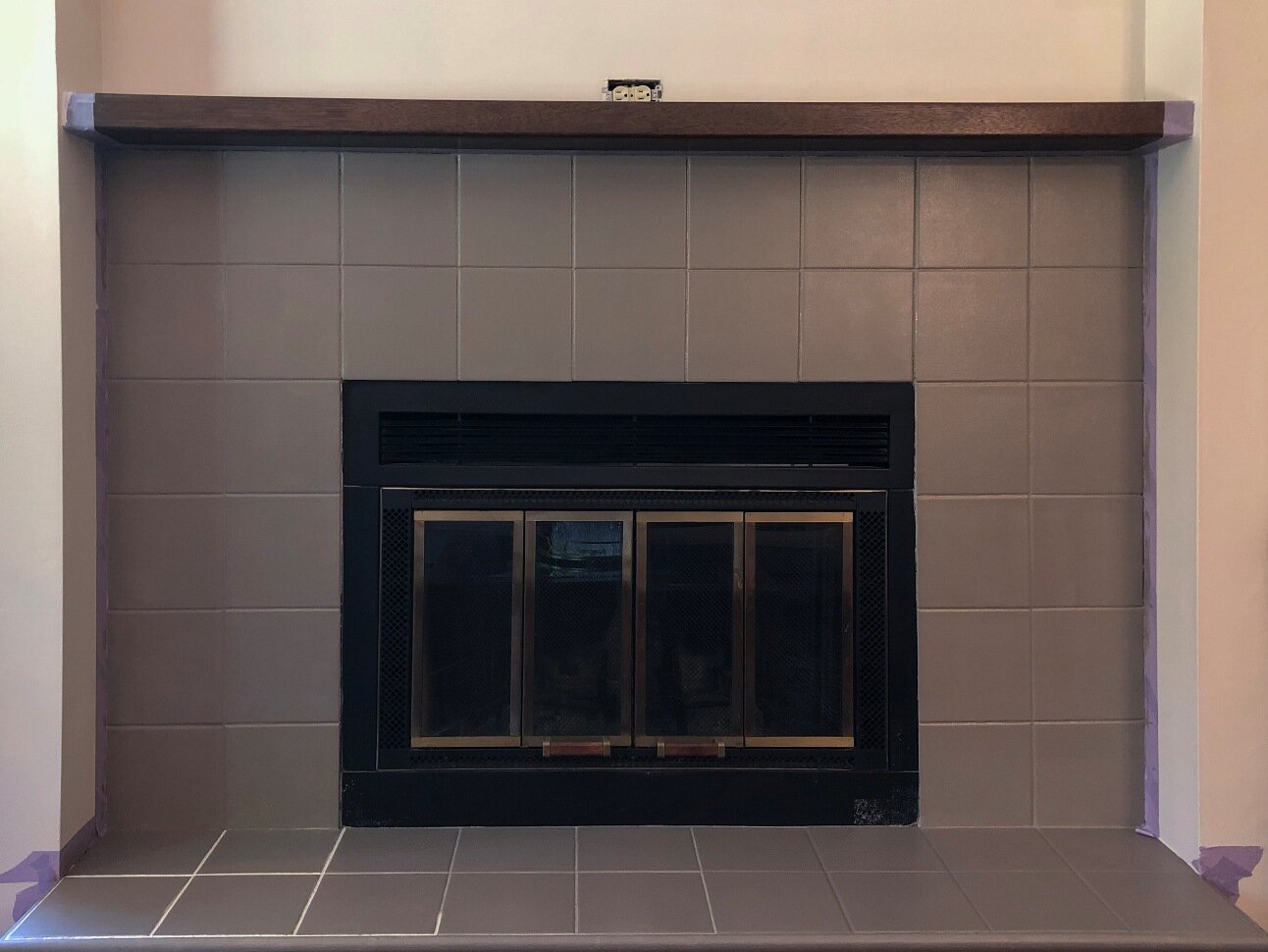
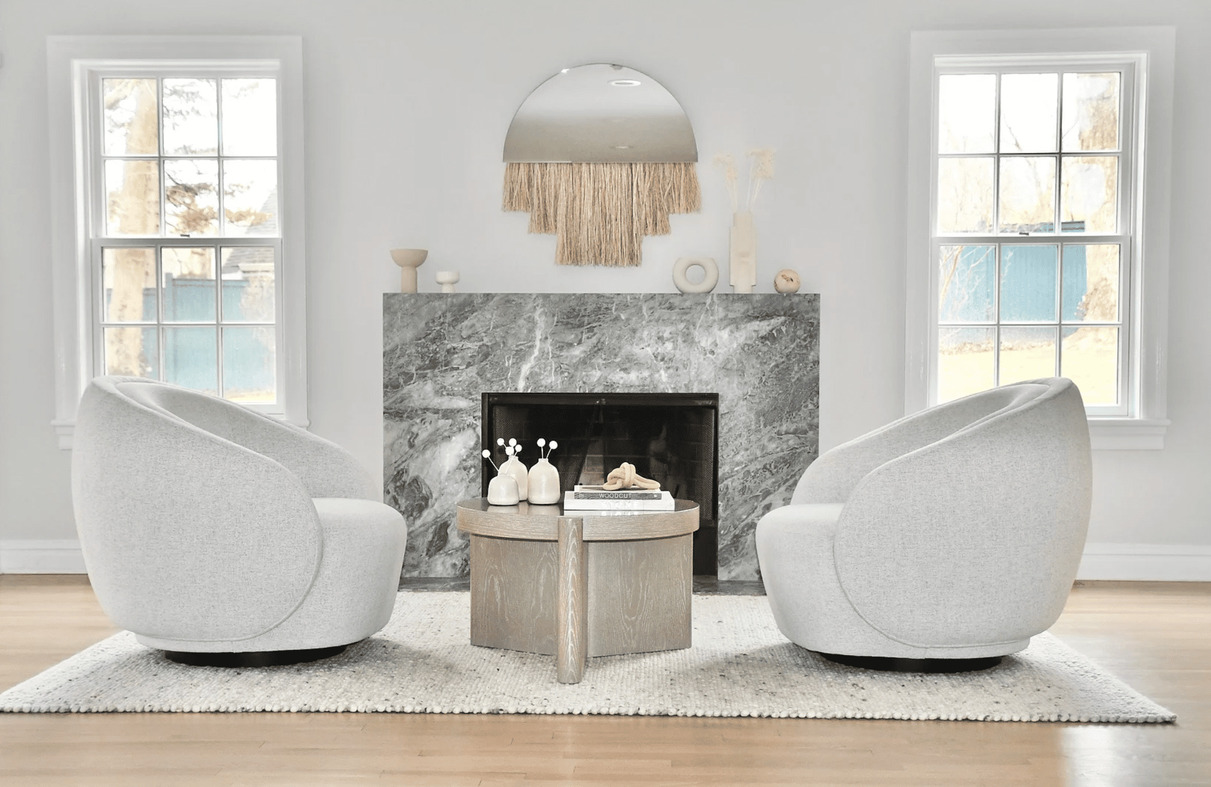
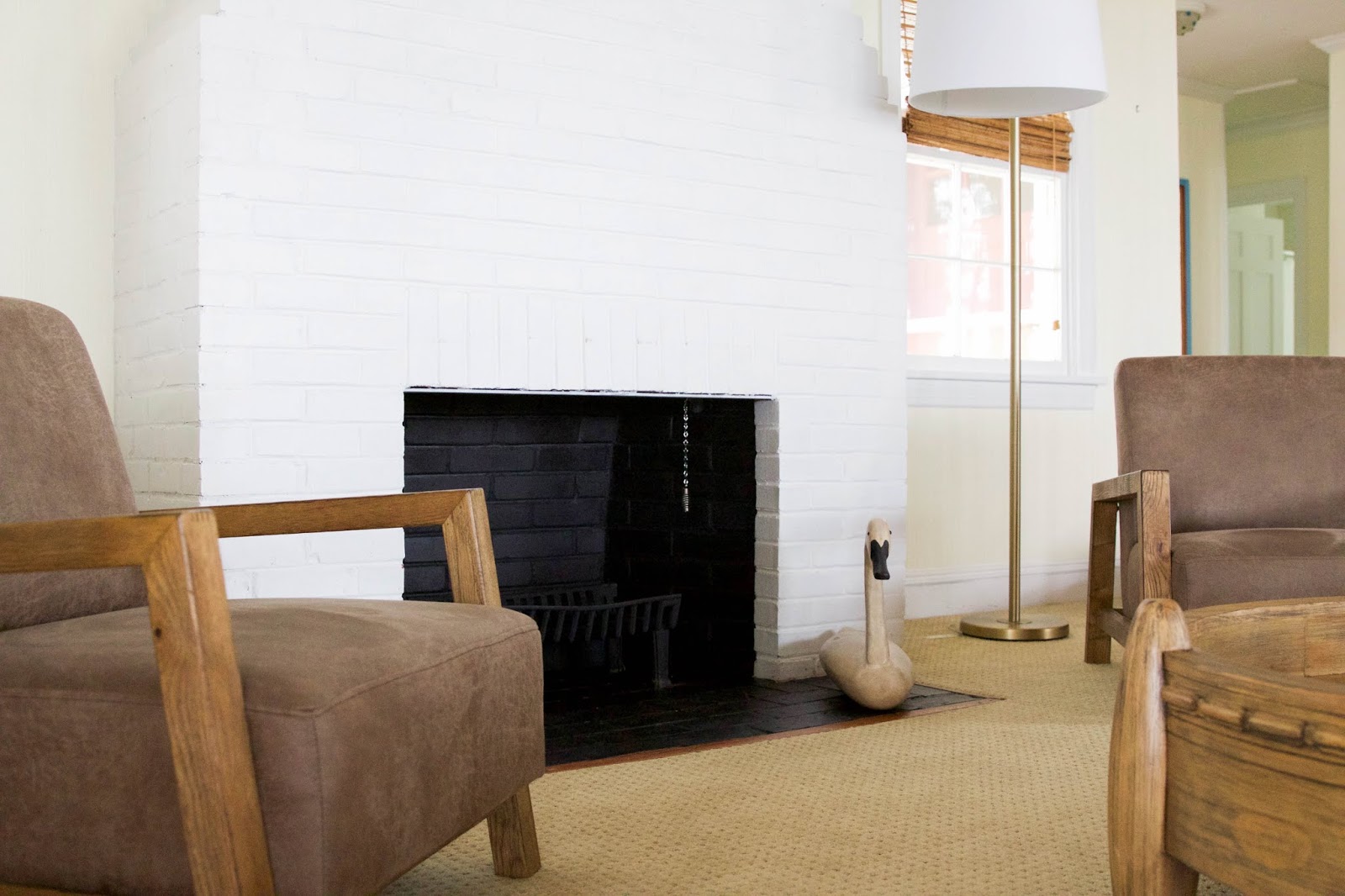
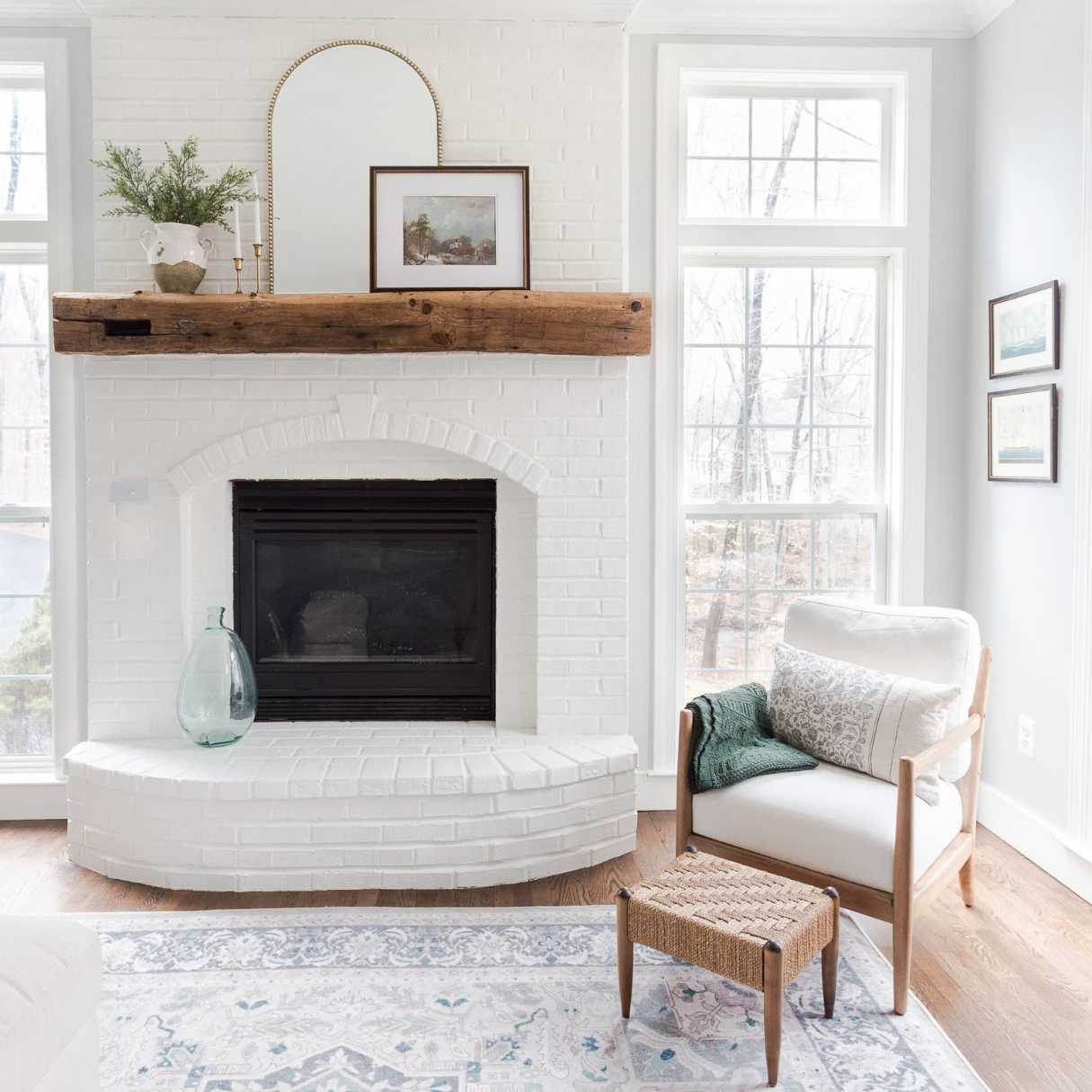
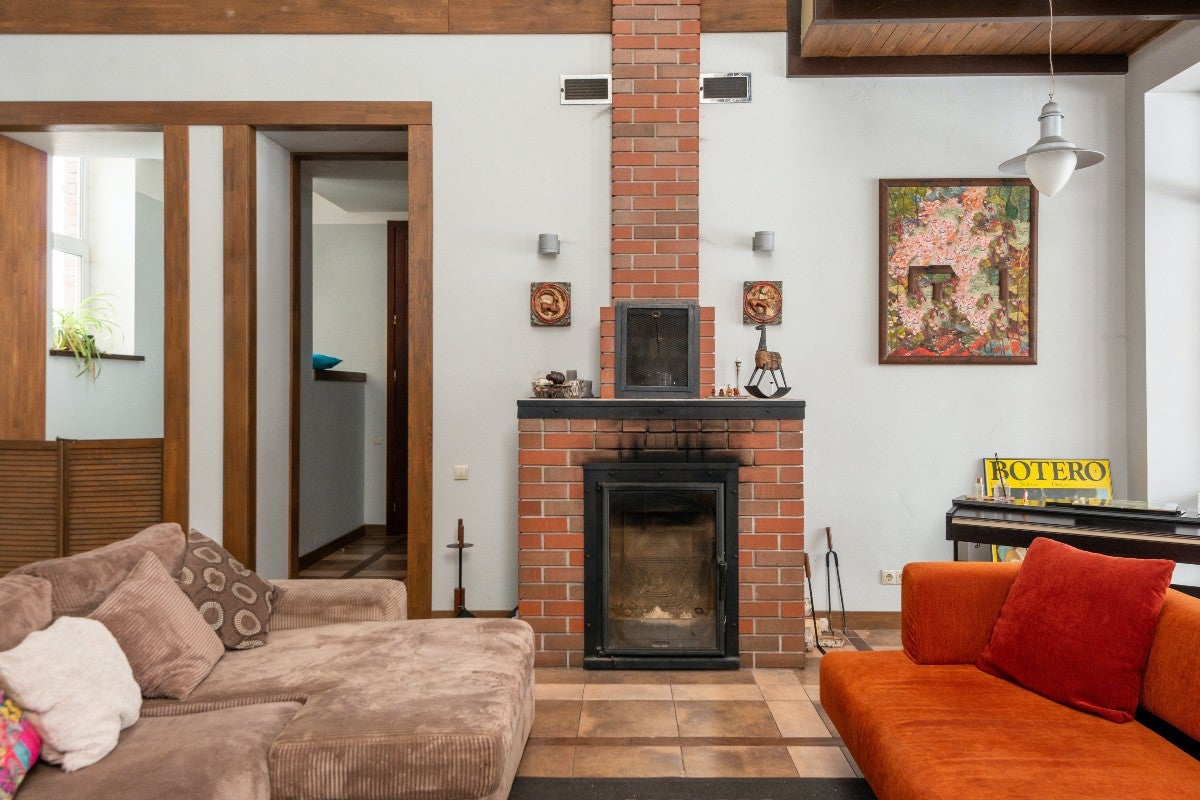
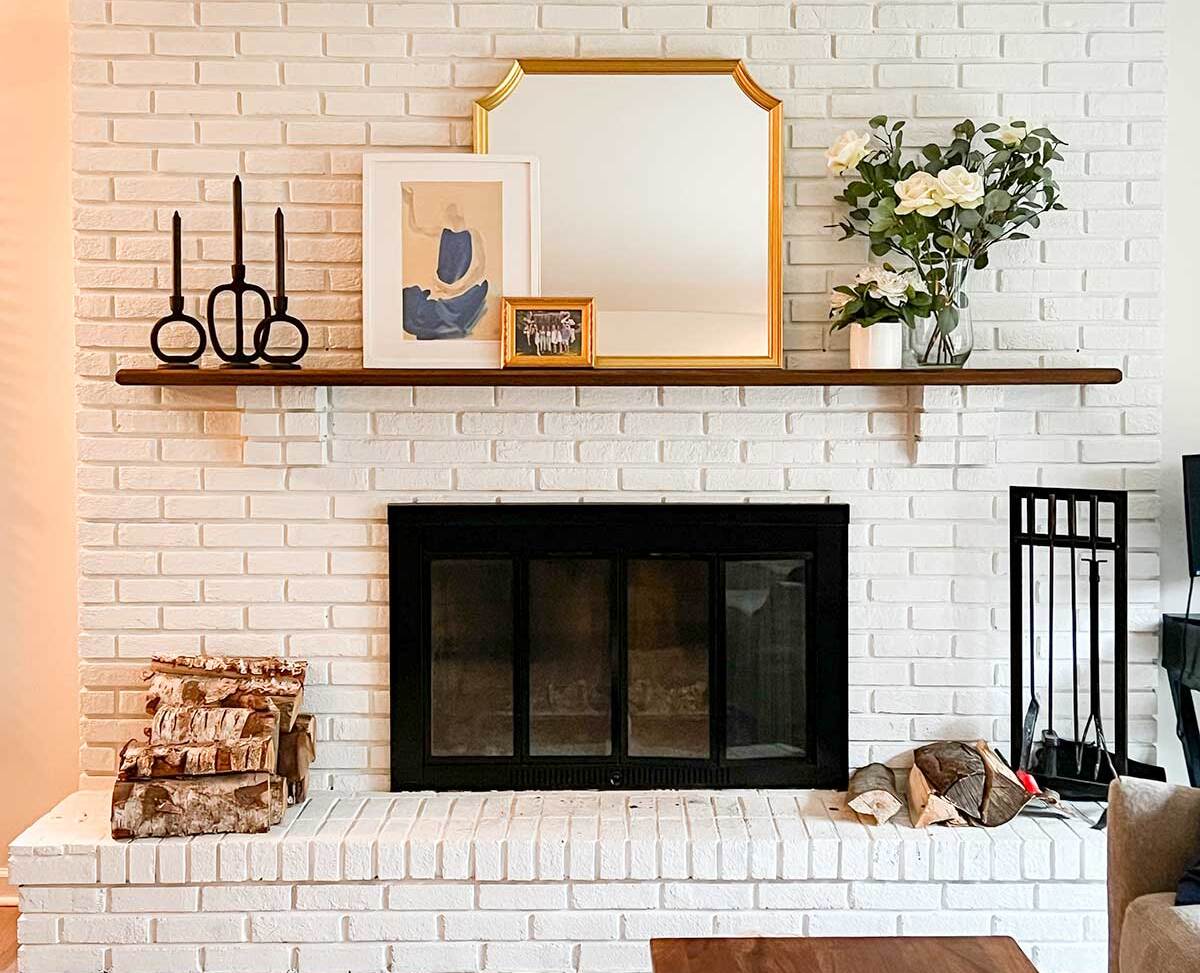
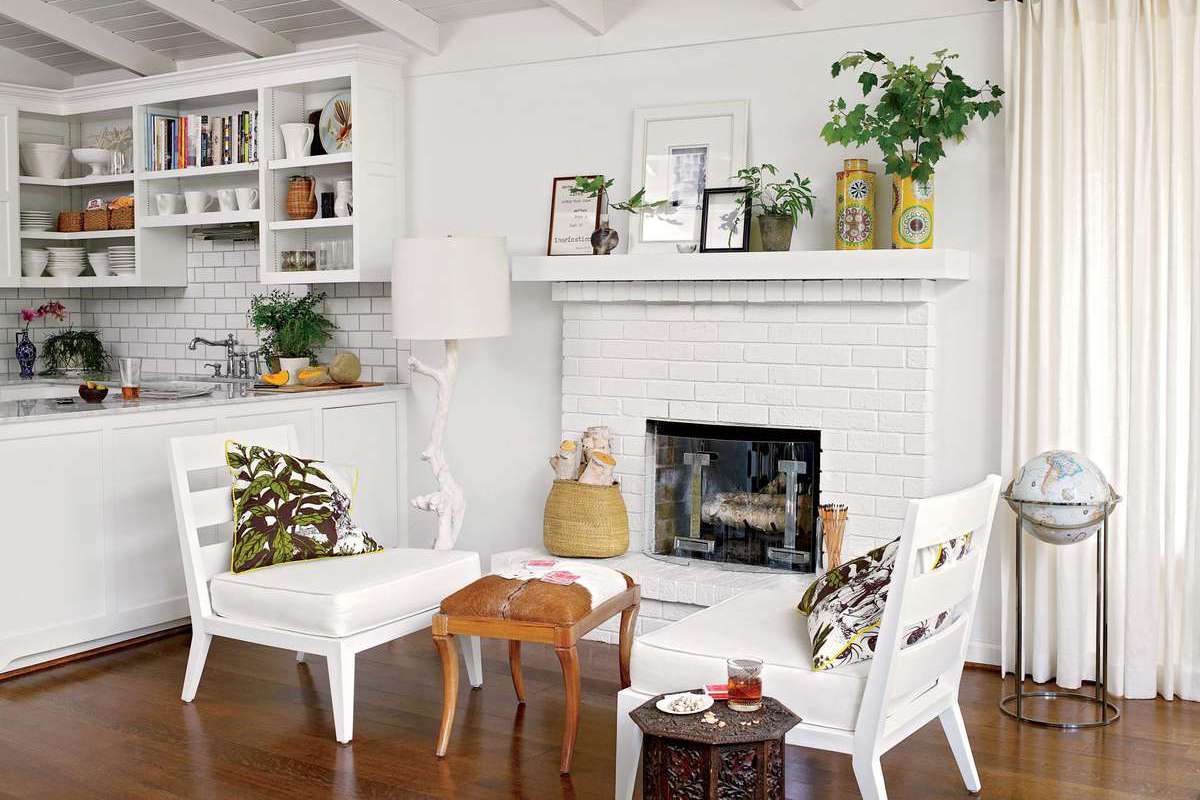
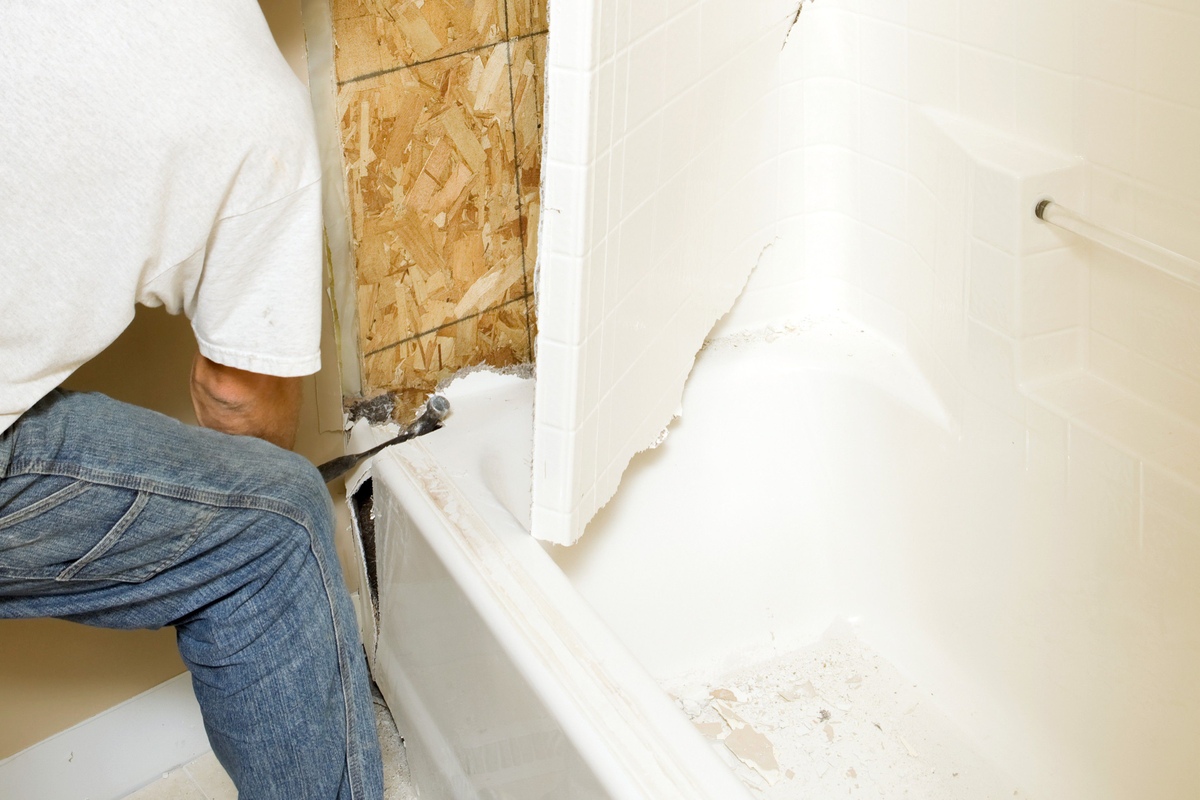
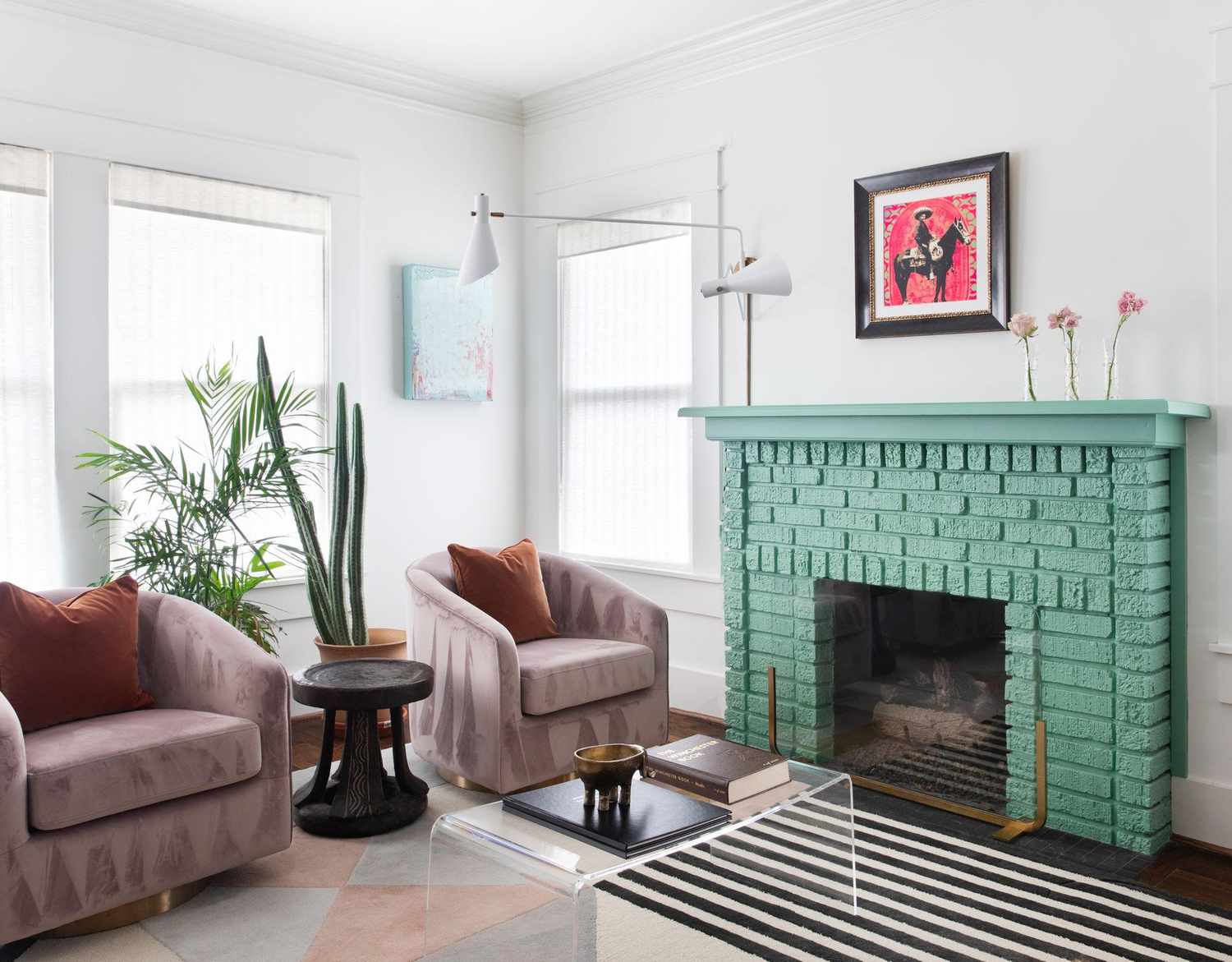

0 thoughts on “How To Paint Fireplace Surround”